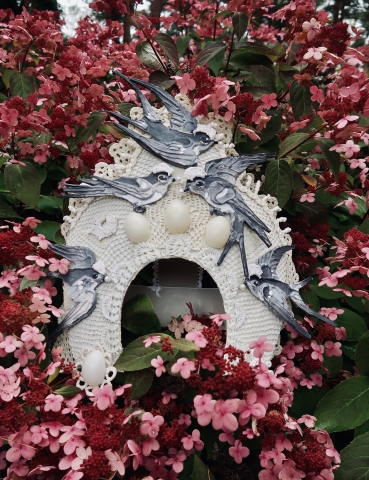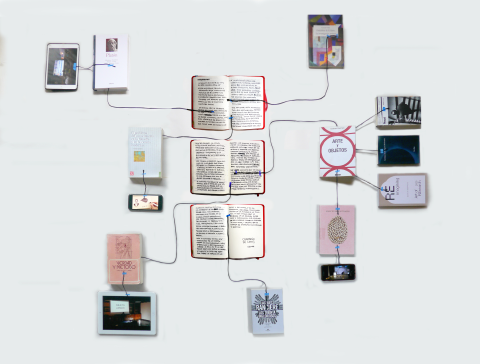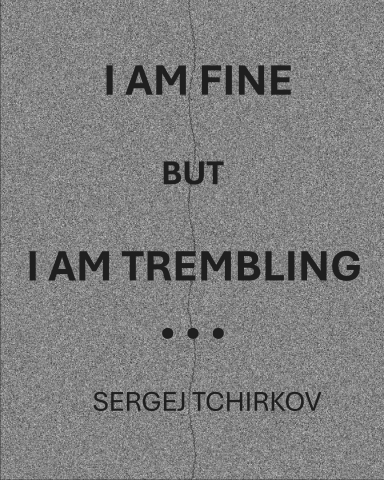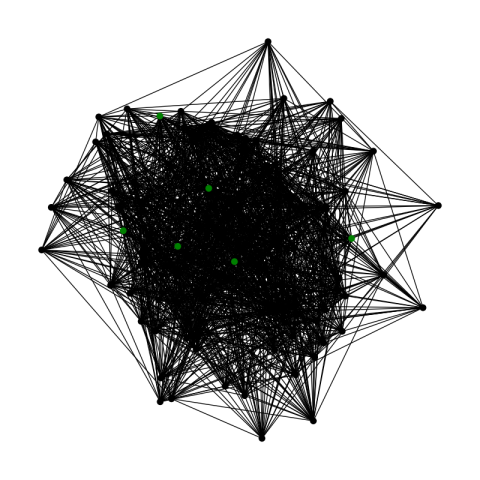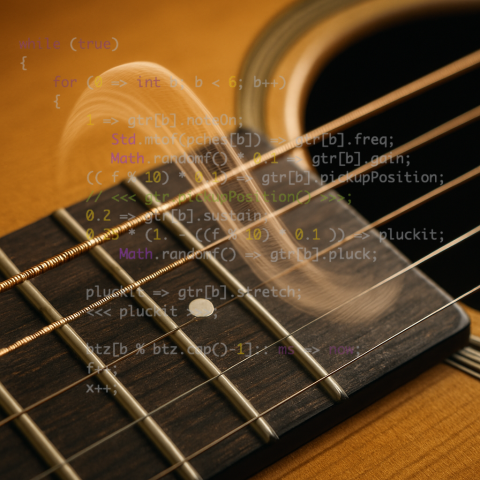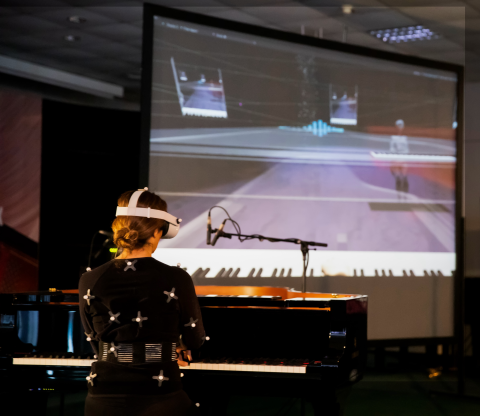Editorial
The mounting crises have triggered new ways of thinking about artistic research and our own endeavour to engage material articulations at the site of publication. The degree of conflict that many experience daily has become so pronounced that it requires recognition, across the board, also in regard to the submissions that we receive. Of late, we have seen it move from the margins to the centre in a wide spectrum of conflict presentations that include activism, pragmatism, ideology and suffering, as well as ignorance and defiance. This spectrum is complex and I realise my own tendency to generalise and be judgemental in even drawing up that list.
More important than any of these descriptors, though, is the fact that, increasingly, we ask ourselves where the site of crisis lies in any submission, regardless of how it may be referred to – or not. This understanding points to a changing recognition of the conditions, which now appear so fractured that anything will appear biased in one way or another, including our own editorial guidance, leading to conflicting positions outside of what may be deemed the quality of a submission. To give an example, we value researchers engaging with historical practices, but these are often interwoven with present day ethnic, cultural, national, social or economic identity formations. How are we to relate editorially to a practice through such complexities? Can we, even with the help of engaged and knowledgeable peer reviewers, sufficiently disentangle these and arrive at a core that is not also conflicting with our own epistemic frameworks?
The key insight is that, if such crises exist and must be acknowledged, there is no neutral position from which to proceed. While we can hope that expositional work will create sustainable relationships across different material positions, at its source lies an increased fragmentation that seems beyond repair. In this understanding, conflict is not a dispute carried out on shared ground to determine a right, true or prevailing position, but an engagement without ground that can, hence, not be settled. We have to ask: is it the purpose of an exposition to settle crises and resolve conflicts?
This question touches on the heart of what a peer-reviewed academic journal such as JAR is and can be. While artistic research seems to have avoided the dreadful discipline formation process, where a discipline sharply separates what it accepts from with it does not, its status as a field is much less contested since it allows for inter- and transdisciplinary crossings that seem open enough. Even so, a field still suggests a ground on which artistic researchers will meet each other – in the pages of JAR, for instance – even if such a ground cannot be taken for granted, requiring continuous resettlement and implicit reconstitution. Over its history, this has certainly also been true for JAR as we have seen ourselves actively involved in the ongoing reconstitution of artistic research through the primacy of artistic practice beyond institutional recognition, multimodal and rich-media approaches, and, later, challenges to English as a dominant language and the sense of cultural centre that comes with it.
However, a developing focus on crisis and conflict today lets us also see something futile in continuing attempts at reconstitution and reconciliation if they are used to gloss over radical and existential differences. What if artistic research has not been a field and we have not been and will never be one community? If the epistemic reality of our world is increasingly conflictual and crisis becomes the norm, we might be called upon to disintegrate rather than integrate better if we assume – as we must – that in artistic research concreteness matters on all levels. Looking back, we could argue that in multi-modal expositions, the various media and traces of practice at their best, do not integrate into a proposition but disintegrate into sets of parallel worlds that the work is able to hold side-by-side, rather than in an order where some dominate others. Likewise, if we follow the trajectory of our linguistic dislocation, we may not see an emerging hybrid unity but a space of increasing multiplicity where nothing appears without casting its shadow on the rest.
How this is to be done in principle, is a difficult issue, but I would suggest starting by separating presentations of conflict that seek either resolution or dominance from instances of radical difference that afford intact relations to specific material situations alongside others, whatever they may be. Here, we should not concern ourselves primarily with the original and often surprising material situations, since they are part and parcel of our rich and wonderful worlds; our focus instead must lie on the conflicts that have inscribed themselves into these, and which are recognisable but often overlooked. The issue to be asked of a submission could be whether it is able to hold open the distinction between difference and conflict, without allowing the latter to dominate through presence or through absence. We could aim to seek differences not compromised by conflict.
This approach would cover a surprisingly wide array of submissions. For instance, we could say that many submissions we receive from the context of doctoral education are compromised by specific strategies to avoid conflict, through modes of academic writing, the structure of arguments or the need for discursivity. This would be an example for cases, that many will have experienced, where the conflict resolution is so absorbed in a situation that it barely stands out. We could also look at issues of translation where we can see that specific resistances of non-English languages are sacrificed, often without comment, or where the labour of translation leaves no trace and we feel that we can move contexts effortlessly. This has reached a point now with the Internet where we often do not know whether we are currently reading a translation, whose translation it is and from which linguistic position a text has been composed. Then, there are submissions that carry in themselves a daily conflict so intense – for instance, in regions suffering genocide, war, injustice, or racial and ethnic tension – that they become consumed by it, and virtually everything becomes compromised. In any of these examples, for better or worse, the voice of difference seems silenced.
At this stage, I cannot say if we have sufficiently enacted any of this, but I do know that each of us will remember moments where we as authors, reviewers, readers, and editors could have done better by giving more credit to what is at hand and by putting into perspective the conflict that we, too, carry. However, I am sure that everybody will also remember moments where they felt that they rose to the challenges and could give and find support for something specifically alive – for something that may be born in conflict but demonstrably not consumed by it. Might this be what we call art?
Michael Schwab
Editor-in-Chief

